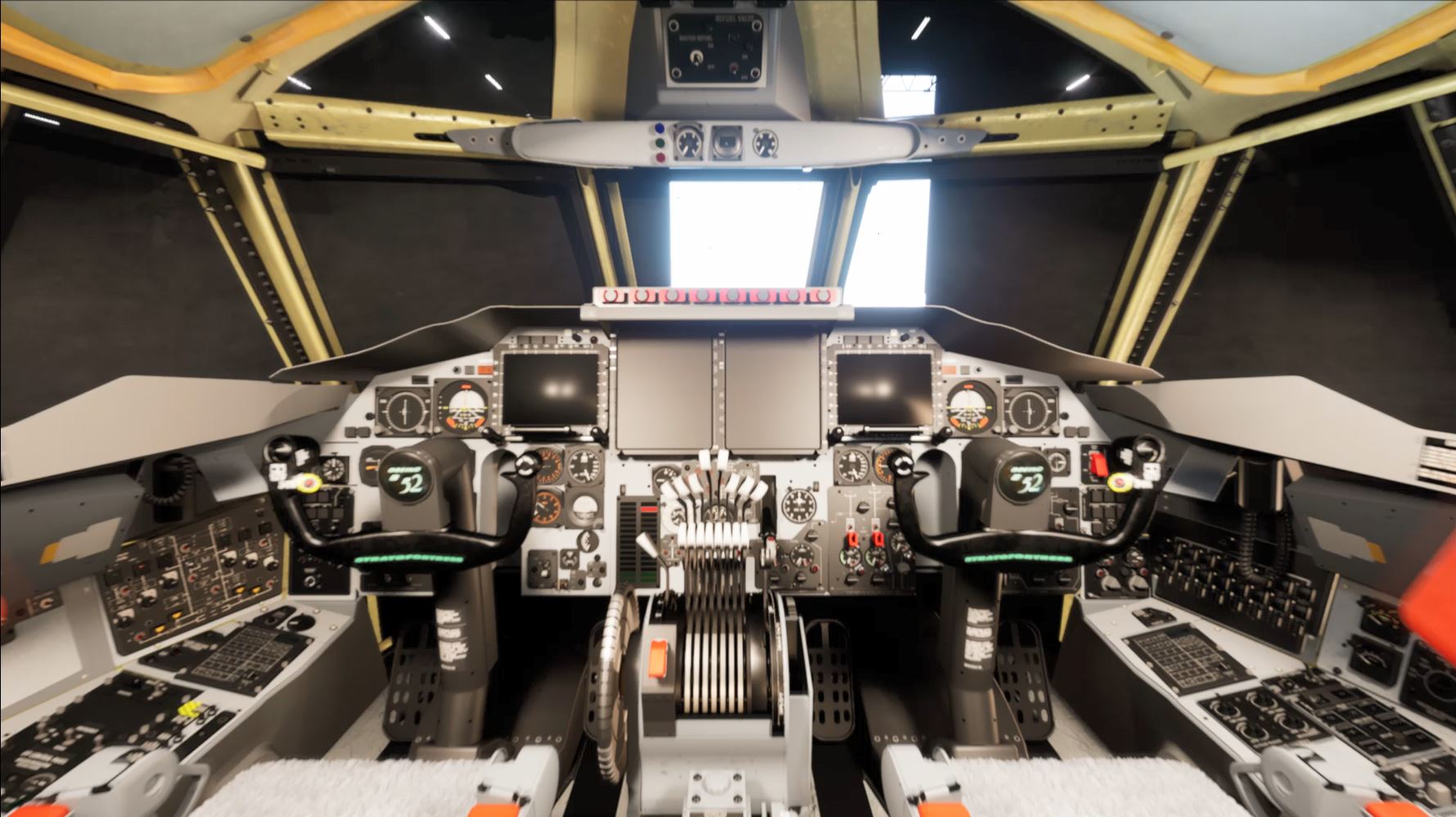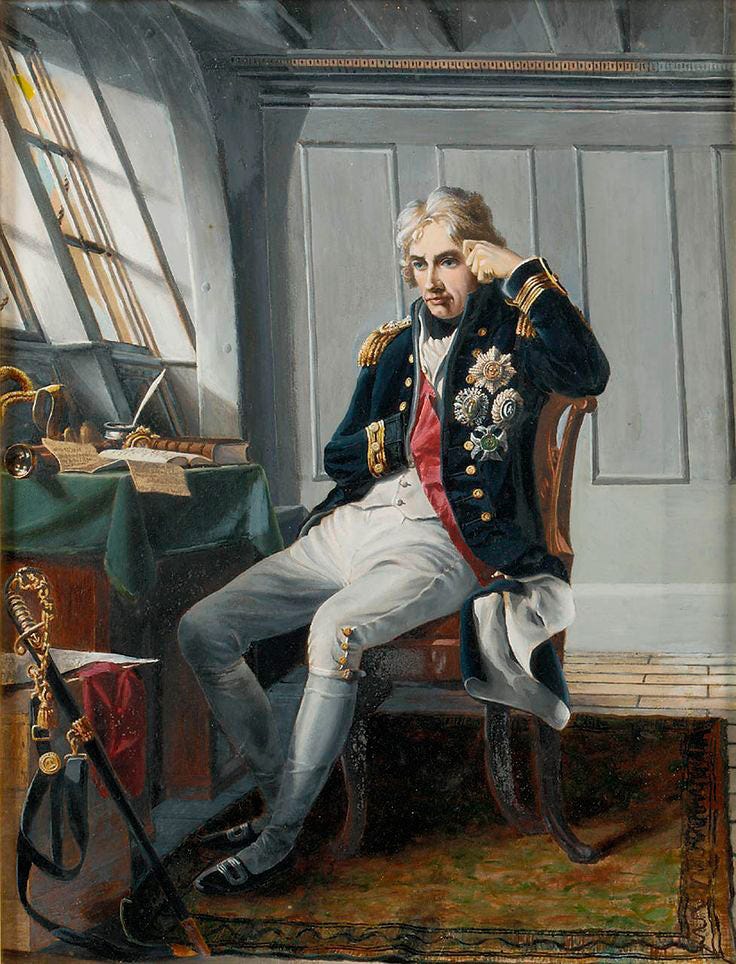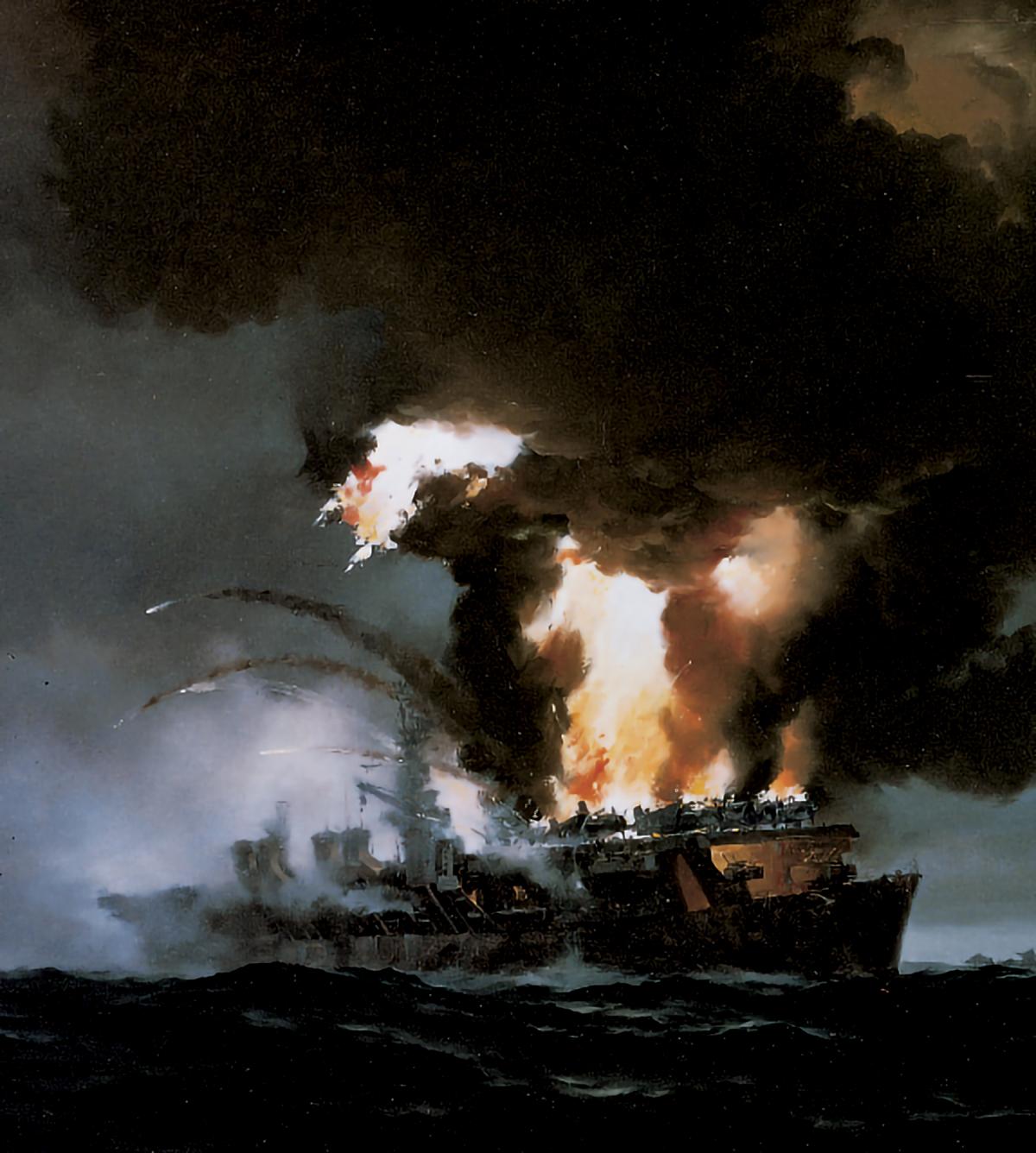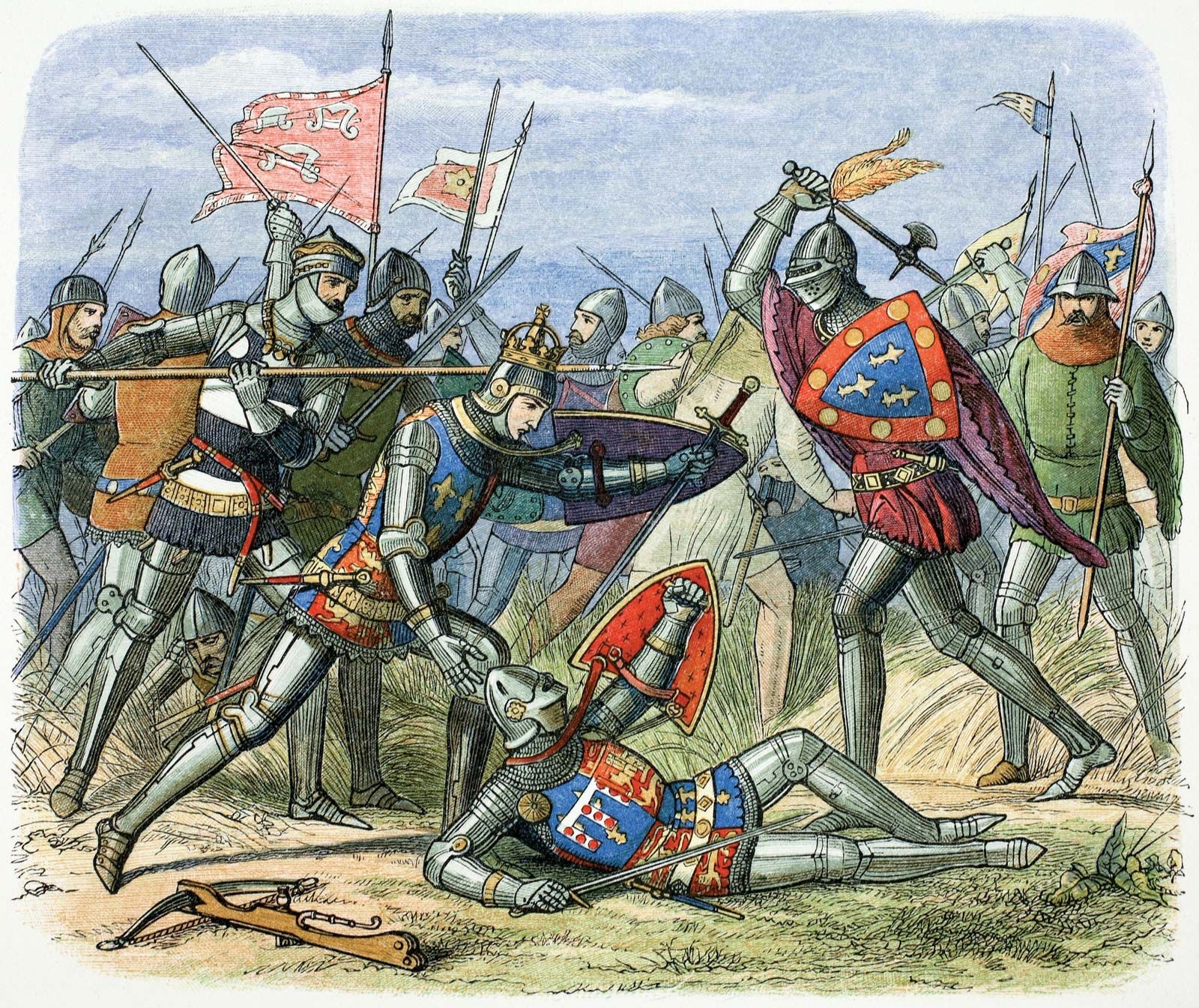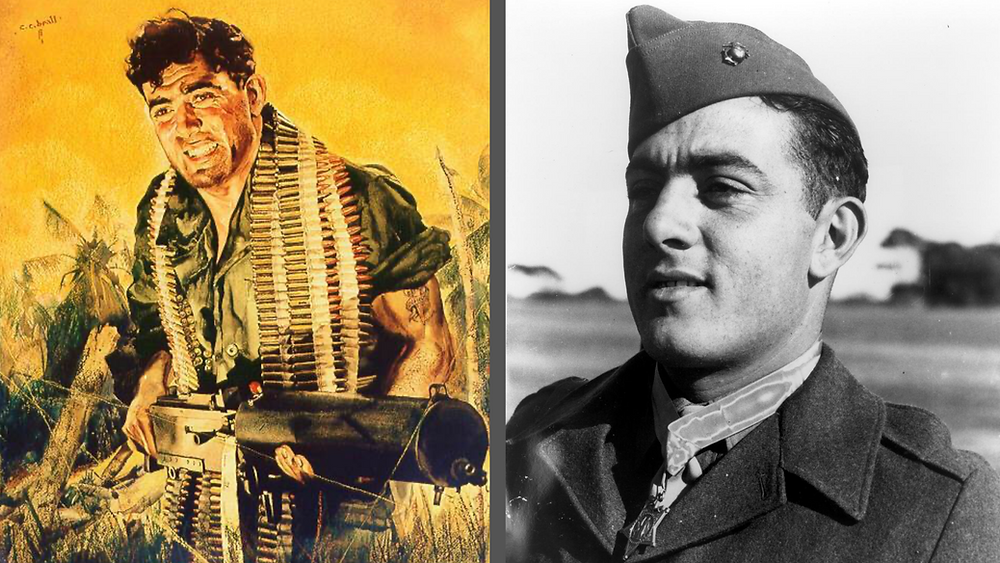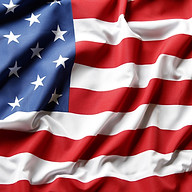BarnBuster
Virtually Unknown Member
Other Voices – Yeager Through the Eyes of His Peers - The Chuck Yeager Foundation
Other Voices on Chuck Yeager Through the Eyes of His Peers For millions of people around the world, General Chuck Yeager is the man who best epitomizes the unique blend of qualities that writer Tom Wolfe captured in the title of his 1979 best seller, The Right Stuff. For Wolfe, Yeager stood at...
 www.chuckyeager.com
www.chuckyeager.com


